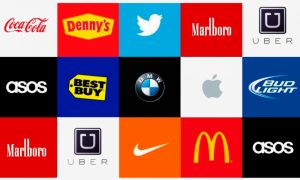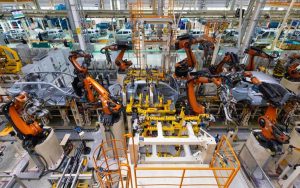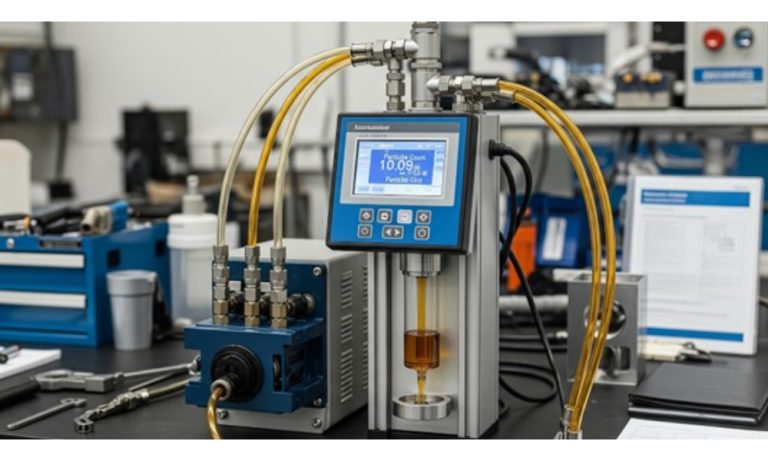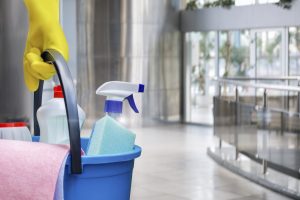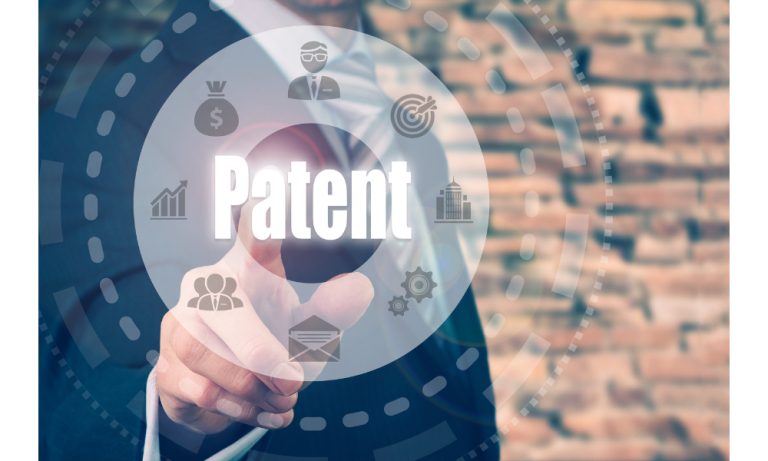“An ounce of prevention is worth a pound of cure.”
If you are a facilities manager, you know that no truer words have been spoken.
The breakdown of equipment and other vital tools in a plant is part and parcel of business operations. Certainly, nobody can accurately predict what happens in the future. However, the chances of a breakdown (and the associated loss in productivity), can be minimized to the extent that disruption becomes negligible.
A better approach to maintenance
In facilities management, there are two distinct approaches to maintenance.
On the one hand, you have reactive maintenance (also known as corrective or breakdown maintenance) wherein a plant’s crew performs work on equipment upon failure.
One of the major faults of this approach is the extended downtime which leads to the cessation of operations. In turn, this can lead to lowered production and even missed deadlines.
On the other hand, you have planned or preventive maintenance. With this approach, plant managers prevent unnecessary breakdowns by adhering to a strict maintenance regimen.
This leads to fewer unexpected breakdowns and even lower costs.
In an ideal scenario, the ratio between proactive maintenance and reactive maintenance should be 99 percent to one percent. However, if the team is transitioning to a proactive approach, an acceptable ratio would be 75 percent to 25 percent.
Why make the transition to proactive maintenance?
Apart from the downsides reactive maintenance mentioned earlier, and the benefits of proactive maintenance, there are a few other important reasons to make the switch.
These include:
- Longer lifespan of assets
- Efficient operation of equipment
- Less overtime work and associated costs
- Fewer unforeseen purchases of spare parts
- Improved adherence to health and safety standards
Making the transition
In an ideal scenario, all maintenance works should be proactive. However, realistically speaking, plant equipment can break down even in a disciplined proactive maintenance scheme.
That, however, should not stop you from making the switch to preventive maintenance. How do you get started?
A computerized maintenance management system or CMMS is the vital cornerstone that your company will need to make a seamless transition from reactive to proactive maintenance.
What is CMMS?
Traditionally, maintenance work, particularly reactive maintenance, is anchored upon a paper-based system. In some companies, this system has been upgraded to a spreadsheet-based system.
While this may have worked in the past, there are a few critical downsides, including human error and low accuracy.
Enter the CMMS.
Automating your proactive maintenance through a CMMS offers several advantages.
For one, scheduling and planning of maintenance activities eliminates the problems typically associated with paper and spreadsheet-based systems. This can also translate to the more efficient management of work orders.
Spare parts inventory is another critical area where a CMMS shines. With this software, all spare parts are tracked and replenished in an orderly fashion, minimizing, if not totally eliminating, the problem of being over or under-stocked with vital supplies.
With the elimination of paperwork comes to enhanced efficiency. This means that your crew can spend more time on actual maintenance instead of working on documents. Relevant information can be viewed either on a computer or a phone or tablet.
An effective CMMS can also cut downtime substantially by ensuring that team members have all the information they need for their tasks. In turn, this can drastically reduce overtime work and the associated costs.
What should you look for in a CMMS?
With a lot of competing software available to choose from, business organizations may find themselves overwhelmed with the sheer amount of choices.
Here are a few essential factors to consider:
Adaptability
Choose software that matches the needs of your organization and its assets, including your manufacturing plant and fleet. The last thing that you would want is to invest in software that you can’t use or maximize.
Affordability
Here, cost can refer to two things. On the one hand, you have the actual price of the software plus the overall value it can provide.
On the other hand, you have to consider the costs associated with making the transition to automation. Ideally, the software you choose should not put additional strain on your existing IT assets.
Features that matter
Looking at the characteristics of each available option can be overwhelming. At the bare minimum, your chosen software should include:
- Tracking and scheduling
- Contracts management
- Reports generation
- Dashboard for web and mobile
- Asset tagging
A reliable team to support you
Your transition to automation can either be a hassle or be seamless. It will depend heavily on your chosen CMMS vendor. As such, opt for one that blends technical expertise with a pulse for what your company truly needs.
Equipment breakdown and inefficiencies can hurt your business. If you are looking for an effective, easy-to-deploy, and simple solution to these woes, consider looking at a CMMS solution.
Transitioning to a proactive maintenance schedule coupled with automation can substantially reduce costs while increasing your business’s bottom line.
AUTHOR BIO
Mohammad Daudi is the Chief Revenue Officer at SGE Group International, a multidisciplinary group of companies with core business interests in Asset Lifecycle Management, Land Development and Software. Aladdin is SGE’s proprietary Asset Lifecycle Management software, designed to empower FM, Maintenance and Asset teams across multiple industry sectors.

